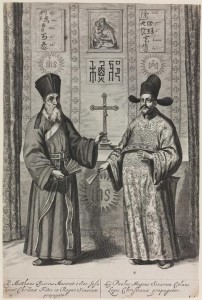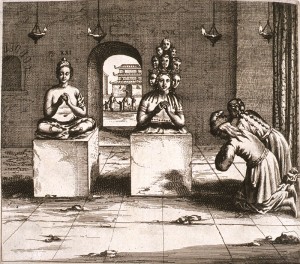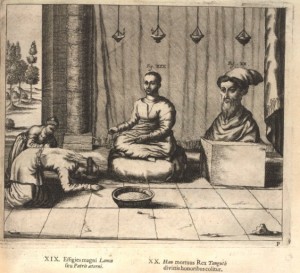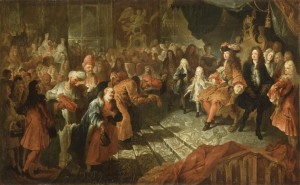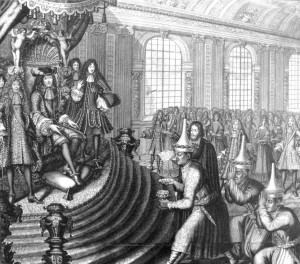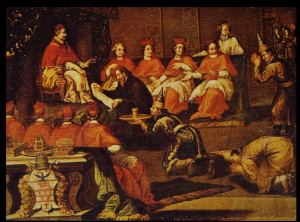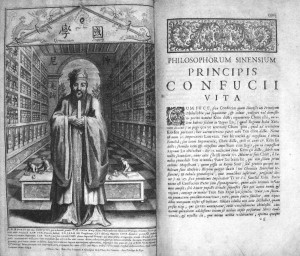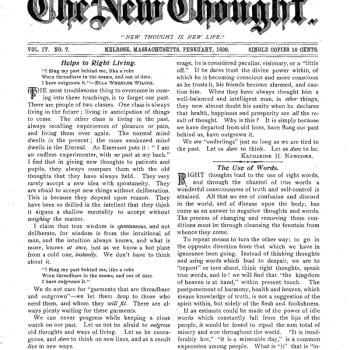I have been posting about how contemporary visual materials can be used to reflect the experience of Christian missionary history, with all its implications for globalization. Some of these materials are quite striking.
For the Protestant world, the great age of missionary expansion only began at the end of the eighteenth century. The Catholic experience, of course, dated back much earlier. It can be startling to realize just how global the Christian world already was in the seventeenth century, particularly in light of the great Jesuit missions across Asia and the Americas.
This is well illustrated by some of the visual art of the time, which showed European rulers receiving envoys from remote realms – pagan and Muslim, as well as Christian. In turn, European publics became deeply interested in those realms, and demonstrated an insatiable thirst for those foreign cultures.
Anyone interested in East Asia could find rich illustrated resources – of varying degrees of accuracy – in the China Illustrata of the Jesuit, Athanasius Kircher (1667). This information even extended to Tibet.
Through these writings, Europeans already had some inkling of the Dalai Lama.
Contacts accelerated in the later seventeenth century. Here for instance is France’s Louis XIV receiving a Persian embassy in 1715.
In 1686, Louis had received envoys from Siam (Thailand).
Naturally, it was a Jesuit – Guy Tachard – who had established the connection.
The following year, another Jesuit published a Latin translation of the Confucian classics, which enjoyed a vast influence in Enlightenment Europe.
Jesuit writings also gave Europeans some acquaintance with Christian expansion in both North and South America.
Obviously, these activities were viewed overwhelmingly through the eyes of the European Fathers, rather than the native converts. But well before 1700, Catholic Europe at least was well aware of the global dimensions of the faith.
Next time, I’ll talk about African connections.


